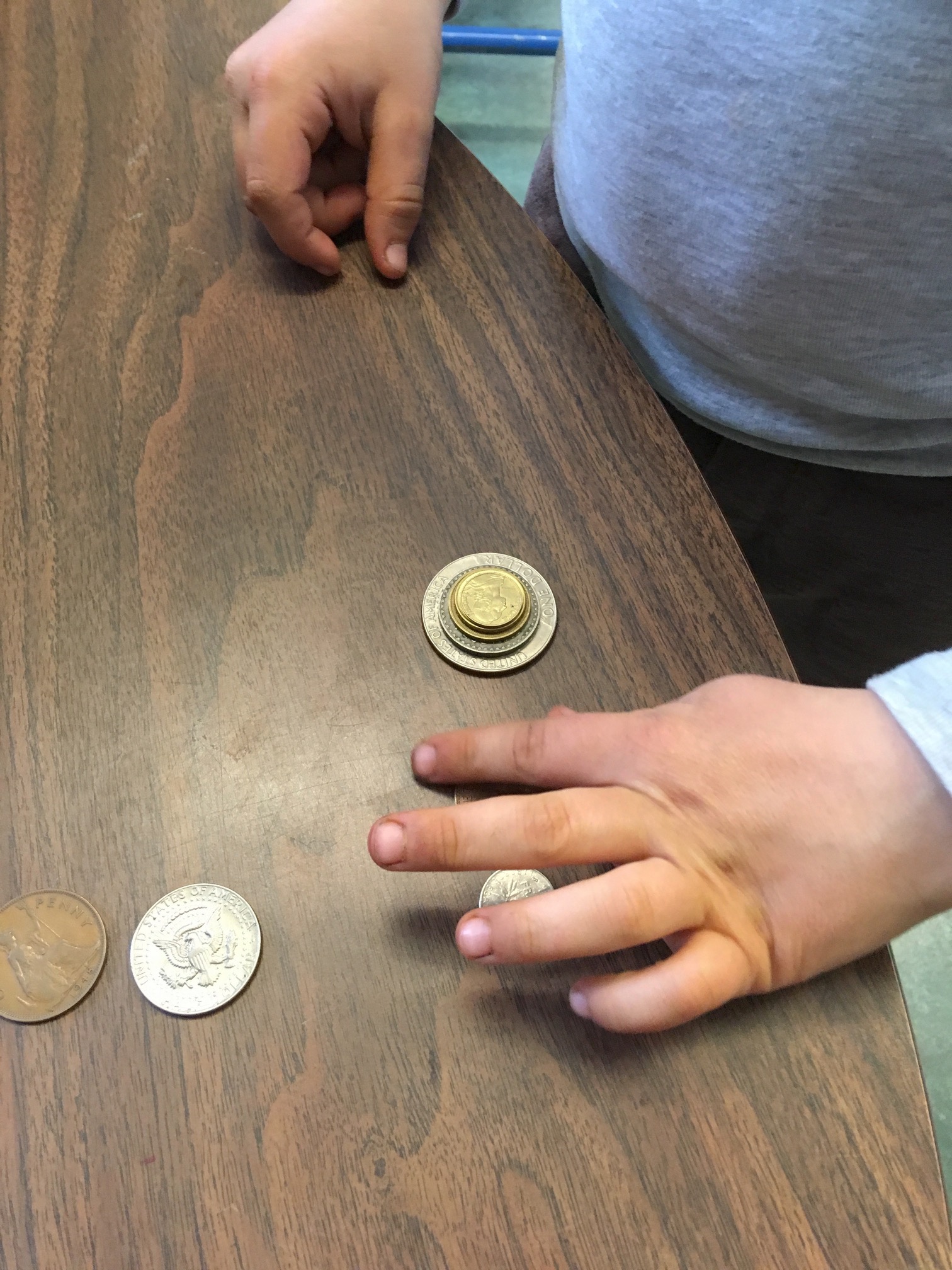

1.4.4 Greek Archaic coinage (until about 480 BCE).1.4.3.1 Coinage of Southern Asia under the Achaemenid Empire.1.4.2 Croesus: Pure gold and silver coins.1.4.1 Lydian and Ionian electrum coins (circa 600 BCE).1.3 China Henan Coin Factory (circa 640 – 550 B.C.).1.2 Tongbei in Bronze Age China (circa 1100 BCE).porcelain) have been used to produce coins for circulation, collection, and metal investment: bullion coins often serve as more convenient stores of assured metal quantity and purity than other bullion. Historically, a considerable variety of coinage metals (including alloys) and other materials (e.g. While the Eagle, and Sovereign coins have nominal (purely symbolic) face values, the Krugerrand does not. Examples of modern gold collector/investor coins include the British sovereign minted by the United Kingdom, the American Gold Eagle minted by the United States, the Canadian Gold Maple Leaf minted by Canada, and the Krugerrand, minted by South Africa. If the difference becomes significant, the issuing authority may decide to withdraw these coins from circulation, possibly issuing new equivalents with a different composition, or the public may decide to melt the coins down or hoard them (see Gresham's law).Įxceptions to the rule of face value being higher than content value also occur for some bullion coins made of copper, silver, or gold (and, rarely, other metals, such as platinum or palladium), intended for collectors or investors in precious metals. In the last hundred years, the face value of circulation coins has occasionally been lower than the value of the metal they contain, for example due to inflation. Usually the highest value coin in circulation (excluding bullion coins) is worth less than the lowest-value note. Other coins are used as money in everyday transactions, circulating alongside banknotes. Coins made of valuable metal are stored in large quantities as bullion coins. The obverse of a coin is commonly called heads, because it often depicts the head of a prominent person, and the reverse tails.Ĭoins are usually made of metal or an alloy, or sometimes of manmade materials. In this usage, obverse means the front face of the object and reverse means the back face. Obverse and its opposite, reverse, refer to the two flat faces of coins and medals. Coins often have images, numerals, or text on them. They are most often issued by a government. They are standardized in weight, and produced in large quantities at a mint in order to facilitate trade. A coin is a small, flat, (usually, depending on the country or value) round piece of metal or plastic used primarily as a medium of exchange or legal tender.


 0 kommentar(er)
0 kommentar(er)
